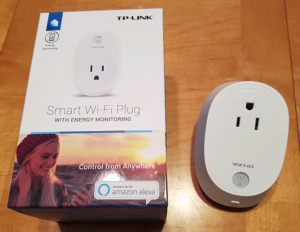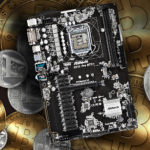No doubt most of you have been following the explosive increase in cryptocurrency valuations over the past month. The price of one ether has risen about 400% in the past 30 days. The value of Bitcoin has doubled over the same period, with a single coin trading at an all-time high of nearly $2,500. Litecoin has similarly more than doubled in value.
In short, it’s starting to feel like late 2013 again. For those of you that weren’t around the last time this happened, this isn’t the first time that we’ve seen runaway valuations on cryptocurrency. In the span of 30 days between late October and November of 2013, Bitcoin saw its value increase roughly 500% to a then-high of over $1,000. Over that same one-month period in 2013, Litecoin saw a meteoric ~2500% (!) rise from about $2 to nearly $50.
If you were in the cryptocurrency game back then, you may remember that I urged caution to potential investors as digital currency prices continued to set new price records daily. Less than a month after I published my 2013 correction prediction, prices started to decline, and a few months later they were back to roughly pre-bubble levels. Lots of folks that bought BTC or LTC during the insane price run-up decided to panic sell on the way down, and some people lost a considerable amount of money.
I write this simply to remind everyone to stay sane when it comes to investing in cryptocurrency, especially if you’re thinking about committing money that you really can’t afford to lose. Price increases like the ones that we’re currently witnessing aren’t normal, and are mostly being driven by speculative greed—not new developments or adoption (and for evidence of this claim, look no further than the recent ~1000% price increase on Dogecoin, an essentially joke currency that’s been dormant for three years). When prices eventually reach a level that can’t be sustained (and admittedly, there might be quite a bit of additional increase before that!), expect a sell-off to follow.
Somewhat related: this is why I like mining. If I’m investing $1,500 today and use it to buy ETH directly, then I’ll be really disappointed if the price drops to zero tomorrow, as I’ve lost 100% of my investment. If I build a $1,500 mining rig with the expectation that I’m going to mine ETH and eventually turn a profit, then I’ll certainly be disappointed if the ETH price drops to zero tomorrow—but I’ll still have $1,500 worth of computer hardware that I can re-purpose or sell.



 July 11th, 2017
July 11th, 2017  CryptoBadger
CryptoBadger 




